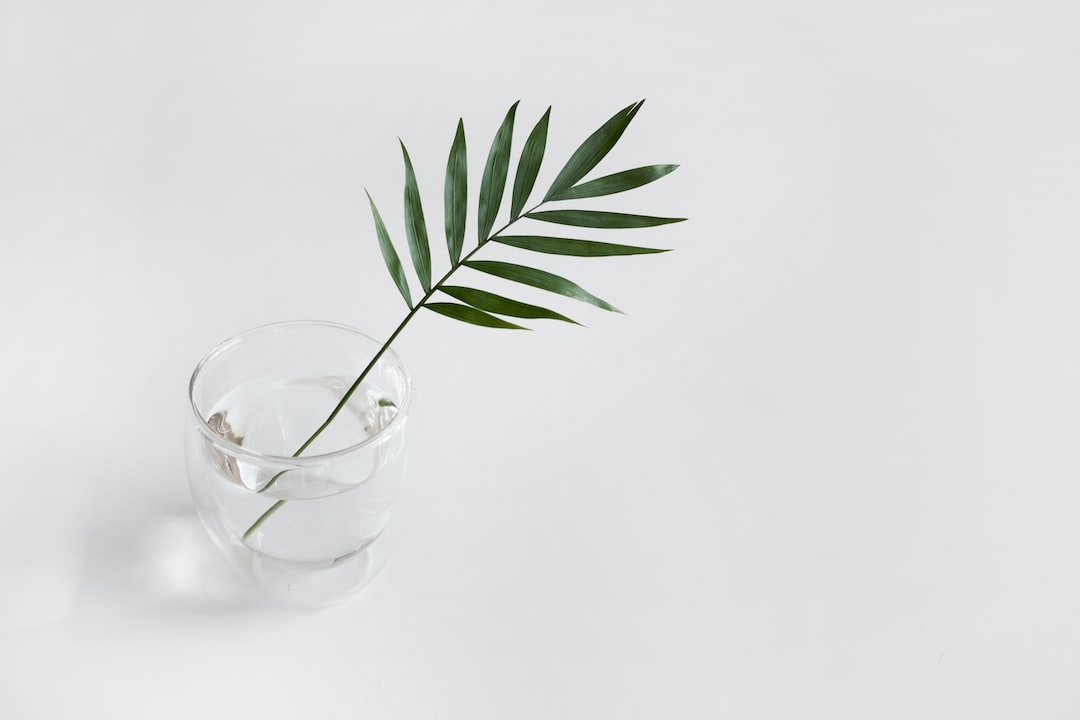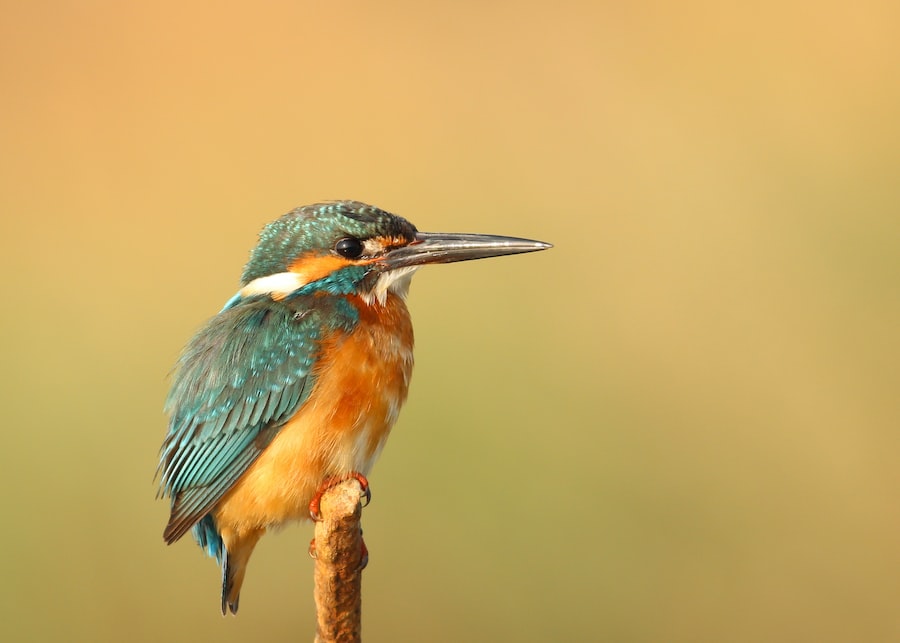Step-by-Step Guide: How to Prune Your Bird of Paradise Plant for Optimal Growth

Pruning is an essential practice for maintaining the health and appearance of bird of paradise plants. These tropical beauties are known for their vibrant flowers and striking foliage, but without proper pruning, they can become overgrown and unruly. Pruning not only helps to keep the plant in check, but it also encourages new growth and flowering. In this article, we will explore the importance of pruning for bird of paradise plants and provide you with a comprehensive guide on how to prune them effectively.
Key Takeaways
- Pruning is important for the health and appearance of Bird of Paradise plants.
- Assess the health of your plant before pruning to avoid damaging it.
- Choose the right time to prune based on the growth cycle of your plant.
- Prepare the necessary tools and equipment, including gloves and disinfectant.
- Identify the parts of the plant to prune, including dead or damaged leaves and stems.
Understanding the Importance of Pruning for Bird of Paradise Plants
Pruning plays a crucial role in the overall health and appearance of bird of paradise plants. By removing dead or damaged branches, you can prevent the spread of diseases and pests. Pruning also allows for better air circulation and sunlight penetration, which are essential for the plant’s growth and development.
In addition to promoting plant health, pruning can also encourage new growth and flowering. By selectively removing old or spent flowers, you can redirect the plant’s energy towards producing new blooms. Pruning also stimulates the growth of lateral branches, resulting in a fuller and more compact plant.
Assessing the Health of Your Bird of Paradise Plant
Before you start pruning your bird of paradise plant, it’s important to assess its overall health. A healthy plant should have vibrant green leaves without any signs of discoloration or wilting. The stems should be firm and upright, and there should be no signs of pests or diseases.
However, there are some common issues that you should look out for. Yellowing leaves may indicate a nutrient deficiency or overwatering, while brown or black spots could be a sign of fungal or bacterial infections. If you notice any of these symptoms, it’s important to address them before pruning to ensure the best possible outcome.
Choosing the Right Time to Prune Your Bird of Paradise Plant
| Factors to Consider | Best Time to Prune |
|---|---|
| Plant Growth | Spring or Summer |
| Flowering | After flowering season |
| Climate | Avoid pruning during extreme weather conditions |
| Plant Health | Prune damaged or diseased parts immediately |
Timing is crucial when it comes to pruning bird of paradise plants. Ideally, you should prune them during their dormant period, which is typically in late winter or early spring. Pruning during this time allows the plant to recover and regrow before the growing season begins.
However, if your bird of paradise plant is overgrown or in need of immediate attention, you can prune it at any time of the year. Just keep in mind that pruning during the growing season may temporarily slow down the plant’s growth and flowering.
Preparing the Necessary Tools and Equipment for Pruning
Before you start pruning your bird of paradise plant, make sure you have the right tools and equipment on hand. You will need a pair of sharp pruning shears or loppers for cutting through branches and stems. It’s important to choose a tool that is appropriate for the size of the branches you will be pruning.
You may also need a pair of gloves to protect your hands from thorns or sharp edges. Additionally, a ladder or step stool may be necessary if you need to reach higher branches. It’s important to have all these tools ready before you start pruning to ensure a smooth and efficient process.
To maintain the effectiveness of your pruning tools, it’s important to regularly clean and sharpen them. After each use, wipe off any sap or debris from the blades and apply a light coat of oil to prevent rusting. Sharpening the blades regularly will ensure clean cuts and minimize damage to the plant.
Identifying the Parts of the Bird of Paradise Plant to Prune

When it comes to pruning bird of paradise plants, there are certain parts that should be pruned and others that should be left untouched. The leaves and stems are the main areas that require pruning, while the flowers should be left alone unless they are spent or damaged.
To identify dead or damaged branches, look for discoloration, wilting, or signs of decay. Dead branches are usually brittle and break easily, while damaged branches may have scars or wounds. It’s important to remove these branches to prevent the spread of diseases and pests.
Techniques for Pruning the Leaves and Stems of Your Bird of Paradise Plant
When pruning the leaves and stems of your bird of paradise plant, it’s important to use proper techniques to avoid damaging the plant. Start by removing any dead or damaged leaves at the base of the plant. Use your pruning shears to make clean cuts at a 45-degree angle, just above a leaf node.
For larger stems or branches, use loppers instead of pruning shears. Make a cut about 1/4 inch above a bud or lateral branch to encourage new growth. Avoid cutting too close to the main stem, as this can cause damage and inhibit regrowth.
Dealing with Overgrown or Damaged Branches
If your bird of paradise plant has overgrown or damaged branches, it’s important to remove them safely and effectively. Start by identifying the branch collar, which is the swollen area where the branch meets the main stem. Make a clean cut just outside the branch collar, taking care not to damage the surrounding tissue.
For larger branches, you may need to make multiple cuts to prevent tearing or splitting. Start by making an undercut about 12 inches from the main stem, then make a second cut about 2 inches further out. Finally, make a third cut just outside the branch collar to remove the branch completely.
To prevent future damage, it’s important to prune your bird of paradise plant regularly and maintain its shape and size. By removing any overgrown or crossing branches, you can prevent them from rubbing against each other and causing wounds. Regular pruning also helps to promote better air circulation and sunlight penetration, which are essential for plant health.
Tips for Maintaining the Shape and Size of Your Bird of Paradise Plant
Maintaining the shape and size of your bird of paradise plant is a matter of personal preference. Some people prefer a more compact and symmetrical look, while others prefer a more natural and free-flowing appearance. Regardless of your preference, there are a few tips to keep in mind.
To shape the plant to your desired size and shape, start by removing any overgrown or crossing branches. This will help to open up the plant and create a more balanced look. You can also prune the tips of the branches to encourage branching and create a fuller plant.
If you prefer a more natural shape, simply remove any dead or damaged branches and let the plant grow freely. This will result in a more organic and untamed appearance, which can be quite striking in its own right.
Cleaning and Disinfecting Your Pruning Tools After Use
After you have finished pruning your bird of paradise plant, it’s important to clean and disinfect your tools to prevent the spread of diseases and pests. Start by wiping off any sap or debris from the blades using a clean cloth or paper towel. Then, soak the blades in a solution of 1 part bleach to 9 parts water for about 10 minutes.
After soaking, rinse the blades with clean water and dry them thoroughly before storing them. It’s important to store your pruning tools in a dry and secure location to prevent rusting or damage. Regularly inspect your tools for any signs of wear or damage, and replace them as needed.
Monitoring and Caring for Your Bird of Paradise Plant After Pruning
After pruning your bird of paradise plant, it’s important to monitor its growth and health to ensure that it recovers properly. Keep an eye out for any signs of stress or disease, such as wilting leaves or discoloration. If you notice any issues, take immediate action to address them before they become more serious.
In terms of care, make sure to provide your bird of paradise plant with the proper amount of water and sunlight. These plants prefer bright indirect light and well-draining soil. Water them thoroughly when the top inch of soil feels dry, but be careful not to overwater as this can lead to root rot.
Pruning is an essential practice for maintaining the health and appearance of bird of paradise plants. By removing dead or damaged branches, you can prevent the spread of diseases and pests. Pruning also encourages new growth and flowering, resulting in a more vibrant and beautiful plant.
To successfully prune your bird of paradise plant, assess its health, choose the right time to prune, and prepare the necessary tools and equipment. Identify the parts of the plant that need pruning and use proper techniques to avoid damage. Deal with overgrown or damaged branches safely and effectively, and maintain the shape and size of the plant to your preference.
After pruning, clean and disinfect your tools, and monitor the plant’s growth and health. With proper care and attention, your bird of paradise plant will thrive and continue to bring joy with its stunning flowers and foliage.



